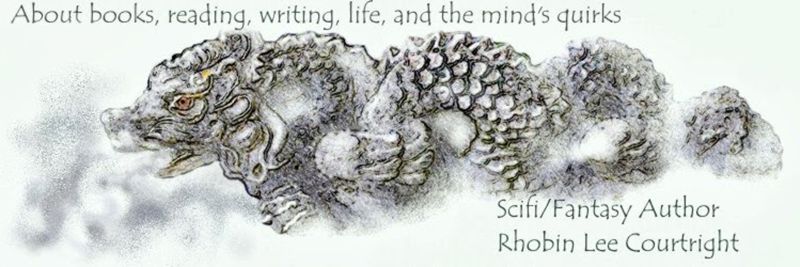I am interested in words, where they come from, their meaning and how that meaning has changed. Words change from language to language, in spelling and variations of pronunciation. Some words, like slang, may last as an identification for a particular generation, like ‘swell,’ ‘swank,’ and ‘rube’ for the first half of the 1900s, and ‘reefer,’ ‘bogus,’ ‘airhead,’ and ‘right-on’ in the last half. These are usually short-lived words.
Then I found an article by David Brown, published May 6,
2013, in the Washington Post. It talks about the proto Indo-European words many languages share. These words vary in spelling and sound in their current language, but their evolution is traceable. Some of this vocabulary is shown in Wikipedia.
Most words last less than nine thousand years. However, researchers have been looking for older words. They think they have discovered twenty-three ‘ultraconserved’ words (this is a downloadable pdf essay with charts and references), or words that go back
fifteen thousand years (150 centuries to the end of the last ice age) and are still used in seven major language families. These
words are based on sound and meaning associated with the sound taking into
account regional variations in pronunciation.
The number one word as found in all seven languages? Thou, the singular of you. The second most popular word found in six of the languages is I. Not, that, we, to give, and who are also words still found in five languages; and this, what, man or male, ye, old, mother, to hear, hand, fire, to pull, black, to flow, bark, ashes, to spit, and worm are still used in four of the languages. These words still have the approximate same sound and meaning.
The number one word as found in all seven languages? Thou, the singular of you. The second most popular word found in six of the languages is I. Not, that, we, to give, and who are also words still found in five languages; and this, what, man or male, ye, old, mother, to hear, hand, fire, to pull, black, to flow, bark, ashes, to spit, and worm are still used in four of the languages. These words still have the approximate same sound and meaning.
How fascinating is that? We still speak Caveman!
The researchers mentioned in Brown's Washington Post article claim that “The existence
of the long-lived words suggests there was a “proto-Eurasiatic” language that
was the common ancestor to about 700 contemporary languages that are the native
tongues of more than half the world’s people.”
Of course, any language from the end of the last ice age isn’t
recorded, but people still spoke and conversed, and I imagine told stories. I must add, this study has engendered
controversy.
How did the researchers conduct their study?
Again according to Brown, “Pagel and three collaborators studied “cognates,” which are words that have the same meaning and a similar sound in different languages like father and mother...Those words, however, are from languages in one family, the Indo-European. The researchers looked much further afield, examining seven language families in all.” They included Altaic, Chukchi-Kamchatkan, Dravidian, Inuit-Yupik, Kartvelian, and Uralic languages families. (You can see a map of the language families.)
Again according to Brown, “Pagel and three collaborators studied “cognates,” which are words that have the same meaning and a similar sound in different languages like father and mother...Those words, however, are from languages in one family, the Indo-European. The researchers looked much further afield, examining seven language families in all.” They included Altaic, Chukchi-Kamchatkan, Dravidian, Inuit-Yupik, Kartvelian, and Uralic languages families. (You can see a map of the language families.)
Those who research languages suggest there are about
two-hundred core words in all languages.
So the more commonly used words have the greatest likelihood of being an ancient word, and everyone must admit we use I, we, and you a lot!
So the more commonly used words have the greatest likelihood of being an ancient word, and everyone must admit we use I, we, and you a lot!

No comments:
Post a Comment